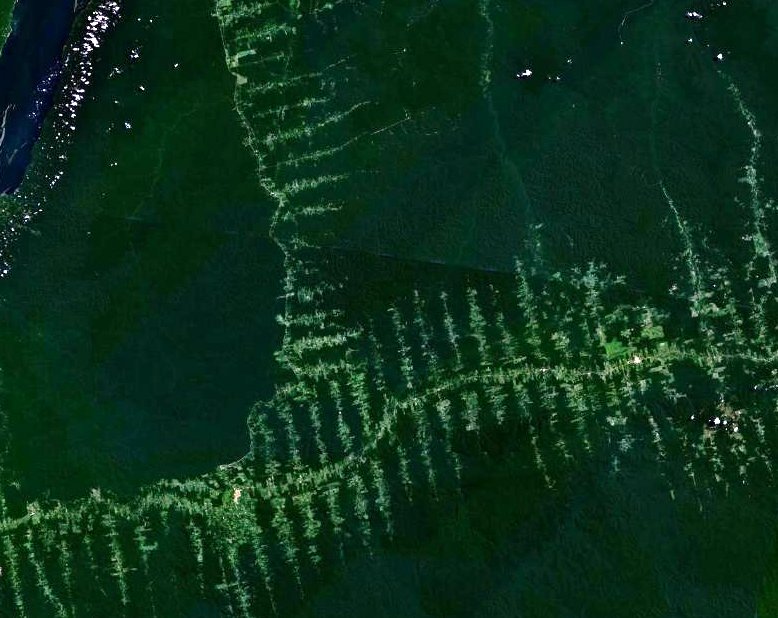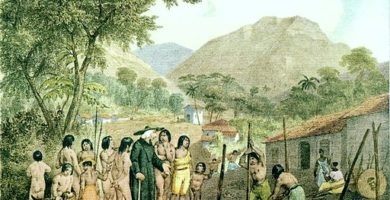
We have briefly reviewed the long history of Amazon explorers highlighting the most relevant cases of conquistadors, missionaries, natural scientists, looters misnamed rubber barons and even adventurers in search of lost cities from the sixteenth century to the twentieth century.
Today, the threats to the equilibrium of life in the Amazon rainforest and to the survival of many animal and plant species are many and very complex.
To approach this complexity, we must first review its main ecoregions.

Dr. Rafael Cartay is a Venezuelan economist, historian, and writer best known for his extensive work in gastronomy, and has received the National Nutrition Award, Gourmand World Cookbook Award, Best Kitchen Dictionary, and The Great Gold Fork. He began his research on the Amazon in 2014 and lived in Iquitos during 2015, where he wrote The Peruvian Amazon Table (2016), the Dictionary of Food and Cuisine of the Amazon Basin (2020), and the online portal delAmazonas.com, of which he is co-founder and main writer. Books by Rafael Cartay can be found on Amazon.com
Large ecoregions typical of the Amazon rainforest
In the Amazon basin there are three major ecoregions: the jungle (from the eastern Andean foothills to 600 meters above sea level), the lowland rainforest (below 600 meters above sea level) and the palmsThis is an extension of the lowland rainforest, where flood zones interrelated with the lowland rainforest predominate, so that large patches of palm trees, particularly aguajales, morichales or buritales (Mauritia flexuosa), are also found in many areas of the lowland rainforest.

These ecoregions have been subject to long human occupation, which archaeologists have placed at least 12,000 years ago.
In this vast area there has been a very close relationship between man and nature, and it is said that a large part of the Amazon forest, considered “virgin”, has been intelligently, measuredly and slowly intervened by the indigenous peoplesThe first two of these ecoregions, which for some time became great civilizations, prudently managed the fragile environment to strengthen and increase the wealth of biodiversity already existing in these ecoregions of diverse tropical rainforests.
The arrival of Iberian populations, and the changes they brought about, produced, in a relatively short time, just over five hundred years, serious consequences for Amazonian life, which have manifested themselves especially in a high rate of deforestationthat is constantly and increasingly threatening the conditions of the flora Y faunaThe water bodies and edaphoclimatic conditions of the basin are of great importance, due to their extension, for the safeguarding of the planet.

Factors favoring deforestation in the Amazon region
The high rate of deforestation, which has led to the elimination of an area close to 1 mm km2, 20% of the area of the Amazon basin proper (Romero 2019; FAO 2011), has been driven by several factors, among which the following stand out:
- The expansion of pasture land for beef production: Brazil, which constitutes the largest portion of the Amazon, has become one of the main beef exporters in the world.
- Eighty percent of deforestation in the Brazilian Amazon is attributable to this cause.
- The expansion of the agricultural frontier for the cultivation of soybean and palm oil, plantations linked to the production of concentrated animal feed, related to the production of meat to meet the demand of countries such as China and other Asian countries, which have experienced an improvement in their standards of living.
- The increasing expansion of areas under coca cultivation, as a consequence of the expansion of the drug trafficking business in the region.
- The basin is one of the main drug trade routes, especially for cocaine produced in Peru, Colombia and Bolivia. Brazil is also one of the main consumers of illicit substances in the world, after the United States (Insight Crime, 16.01.2017).
- The constant extraction of timber, both legally and illegally, from the Amazon rainforests. The exact amount of illegal logging in the watershed is unknown, but it is known to be significant. Studies indicate that some 30,000 m3 of timber is extracted from the forests in the border area between Ecuador and Peru each year, 95% of which is illegal.
- Construction of highways and hydroelectric power plants.
- The devastation caused by mining and oil exploitation, which deforests forests and pollutes rivers, endangering the lives of humans and Amazonian fauna. Oil exploitation involves large areas for prospecting, installation of extraction platforms, service centers and gas pipelines.
- Increasing deforestation and frequency of forest firesemissions, provoked or not, causes severe effects, contributing to climate change, which is manifested in the reduction of rainfall, increased drought, higher temperatures in the region and a decrease in the absorption capacity of the basin, as a carbon dioxide sink (Romero 2019). All of these elements threaten the biodiversity and ethnodiversity prevalent in the area.
- The vast extension of the basin, the weakness of the control systems of the Amazonian countriesThe political and economic corruption of official institutions, the power of local mafias and the relative weakness of indigenous and environmental defense organizations, and the repression exercised against them, severely limit the control action to prevent abuses committed against Amazonian nature and the environment. Amazonian native communities.
January 19, 2020

6 . Adventurers behind the Lost City of Z: the true story
January 19, 2020

5 . The rubber barons between the end of the 19th century and the beginning of the 20th century.
January 16, 2020

4. Great naturalist scientists in the Amazon Rainforest (18th to 19th centuries)
January 13, 2020

3. The Utopia of the Earthly Paradise in the Amazon Rainforest
January 11, 2020

2 . Missionaries in the Amazon Rainforest (17th century)
January 8, 2020

1. The Conquerors and colonizers of the Amazon Rainforest
January 8, 2020

History of the Amazon Rainforest Explorers
This post is also available in:
![]() Español (Spanish)
Español (Spanish)
